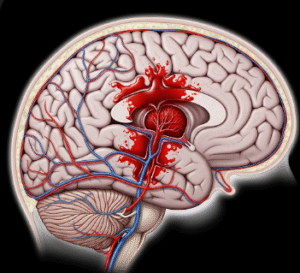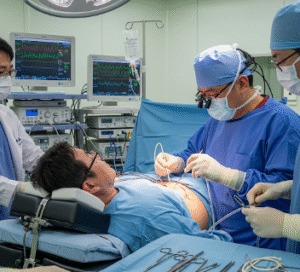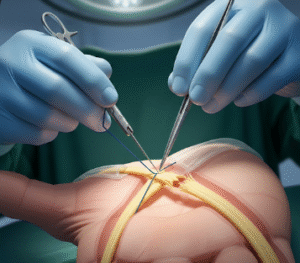Overview
Systemic Lipid Storage Diseases are a group of rare inherited metabolic disorders characterized by abnormal accumulation of lipids (fats) in various tissues and organs throughout the body. This accumulation leads to progressive damage affecting the liver, muscles, nervous system, and other organs. Early diagnosis and management are essential to slow disease progression and improve quality of life.
What is Systemic Lipid Storage Disease?
Systemic Lipid Storage Diseases involve genetic mutations that disrupt normal lipid metabolism, causing lipids to accumulate inside cells abnormally. Examples include Gaucher disease, Niemann-Pick disease, and Fabry disease. These disorders often result in enlargement of organs, neurological symptoms, and other systemic effects.
Symptoms
- Enlarged liver and spleen (hepatosplenomegaly)
- Fatigue and weakness
- Bone pain or fractures
- Neurological symptoms such as seizures, developmental delay, or difficulty walking
- Skin abnormalities (in some types)
- Respiratory problems due to lung involvement
Causes
- Genetic mutations affecting enzymes responsible for lipid breakdown or transport
- Autosomal recessive or X-linked inheritance depending on the specific disease
Risk Factors
- Family history of lipid storage diseases
- Ethnic background (certain diseases are more common in specific populations)
- Consanguinity increases risk of inherited metabolic disorders
Complications
- Progressive neurological decline leading to disability
- Bone deformities and fractures
- Organ failure due to lipid accumulation
- Increased risk of infections
- Reduced life expectancy if untreated
Prevention
- Genetic counseling for families with known lipid storage disorders
- Prenatal testing and early diagnosis
- Avoiding consanguineous marriages in high-risk populations
Treatment Options in Korea
South Korea offers comprehensive care for systemic lipid storage diseases through multidisciplinary teams and advanced therapies.
Diagnosis
- Enzyme assays and genetic testing to identify specific mutations
- Imaging studies to assess organ involvement
- Bone marrow biopsy in some cases
Treatment Approaches
- Enzyme Replacement Therapy (ERT)
- Available for Gaucher disease, Fabry disease, and some others to replace deficient enzymes and reduce lipid buildup
- Substrate Reduction Therapy
- Medications that decrease lipid production
- Symptomatic Treatment
- Pain management, physical therapy, and supportive care for organ complications
- Hematopoietic Stem Cell Transplantation (HSCT)
- Considered in some severe cases to restore enzyme activity
Follow-Up Care
- Regular monitoring of organ function and neurological status
- Supportive therapies and rehabilitation













